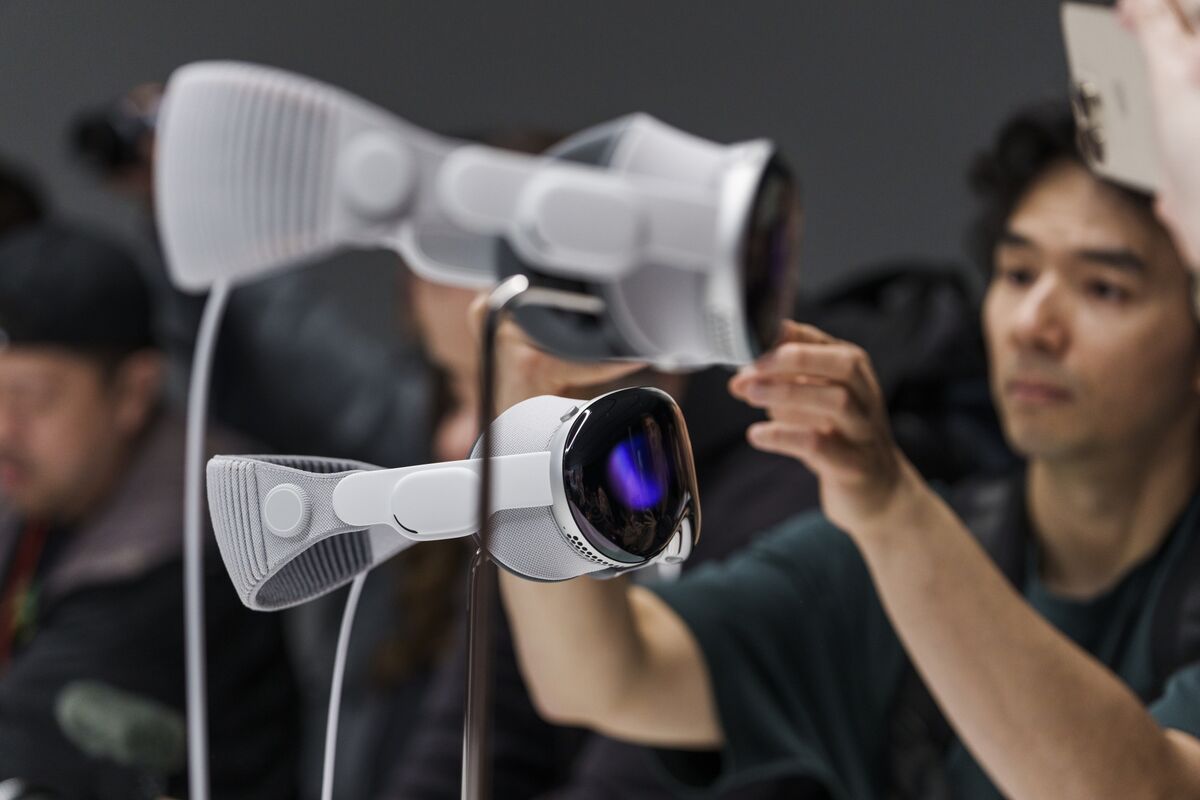- cross-posted to:
- technology@lemmy.world
- cross-posted to:
- technology@lemmy.world
YouTube said in a statement Thursday that it isn’t planning to launch a new app for the Apple Vision Pro, nor will it allow its longstanding iPad application to work on the device. YouTube, like Netflix, is recommending that customers use a web browser if they want to see its content: “YouTube users will be able to use YouTube in Safari on the Vision Pro at launch.”



Why invest time and money for what will likely be a small user base
There’s a toggle button to allow the iPad versions of their apps to run on visionOS. It would take one person less than four minutes to allow it. Is it an amazing experience on Vision Pro? No, but it would be a good one at least.
My understanding is that it’s the reverse of this. The iPad app is available by default. They’re putting in the (minimal) effort required to proactively disable availability of the iPad app.
Interesting, I’m away from my Mac but I’ll have to check this out later. As I recall, the other platforms were opt-in in AppStore connect.
Nevertheless, I’m sure Netflix has a ton of mobile developers with experience with universal apps, and they know what everyone has already experienced with the cross platform toggle options. You end up still having to code for, plan for, and QA the additional platform. It’s never free. There are always issues that show up on the new platform / form factor.
Yeah, I’m a developer, and I’m accustomed to it. There are similar AppleStore Connect toggles to get iPhone apps onto iPad or MacOS. But the problem isn’t how easy it is to enable. It’s the future support.
My product, design, eng and QA teams have been burned by this in the past. Someone clicks the toggle, it shows up on the store, and then we start getting tickets from an all new platform. Internal and external people start finding issues that were not a problem on the other platforms.
Moreover, Apple doesn’t allow take-backs. You can’t easily remove a platform from a universal app. If you want one binary, and you decide that a platform is costing you more than it’s making you, then you’re kind of screwed.
Veteran developers know this, and that’s probably why they held off. I would’ve done the same thing unless there was some sort of back-side business development or marketing deal that depended upon being on the platform.
It’s never that easy. There’s always platform specific bugs and weird edge cases, and that’s just going from phone to tablet which are pretty similar, this is even more different.